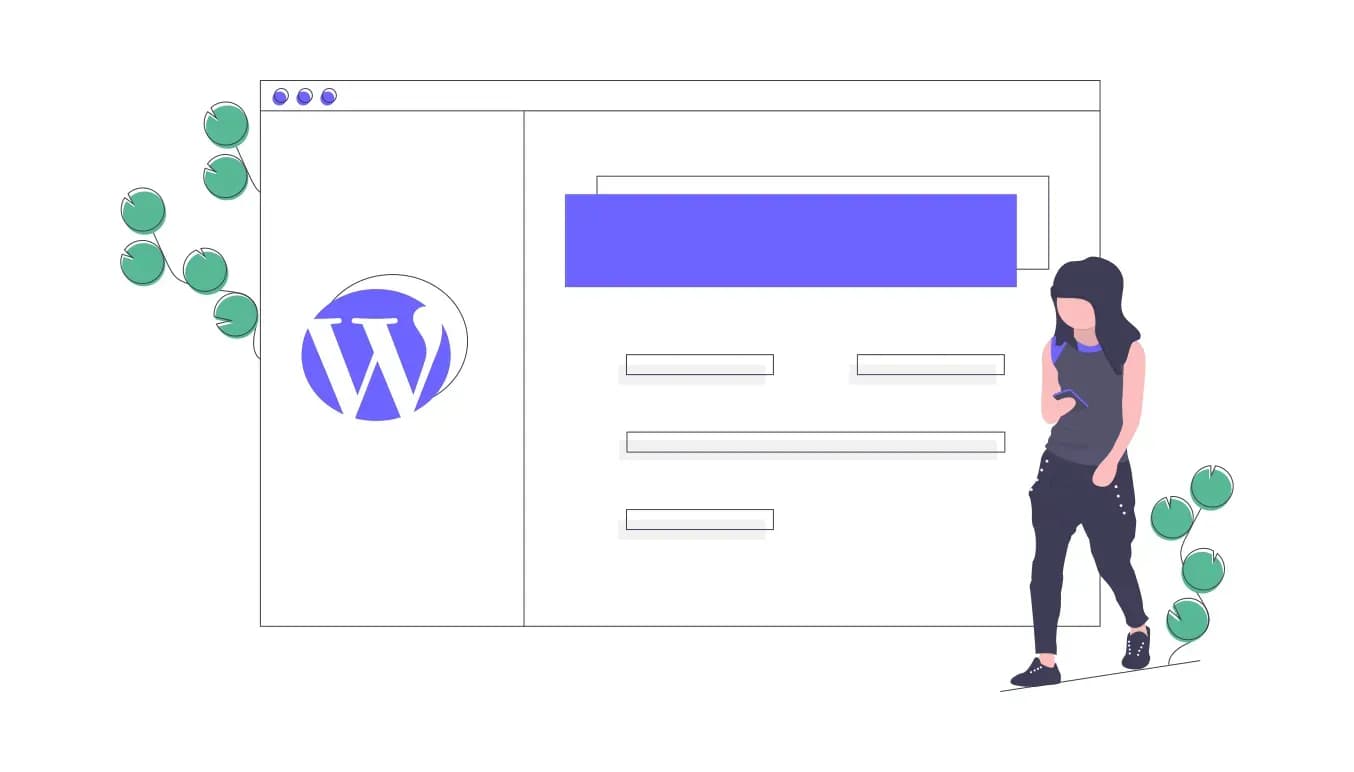In the intricate fabric of the digital universe, WordPress (WP) stands out as a colossal star. Every month, this platform becomes a digital haven for nearly 409 million visitors, painting a vivid picture with over 20 billion pages. But to harness its full potential, one must understand its nuances and complexities.

WordPress: More Than Just a Platform
A recent statistic offers a staggering glimpse into WP’s vast reach: 409 million explorers delving into 20 billion pages annually. But while its popularity is undeniable, mastery over its features remains elusive for many. For every user who navigates WP seamlessly, others grapple with challenges that often revolve around security vulnerabilities, slow site performances, and convoluted design mechanisms.
Navigating the Challenges
WP’s vast ecosystem offers a plethora of tools and plugins. While they add versatility, they can also introduce vulnerabilities, primarily when not used judiciously. Excessive plugins, sub-optimal hosting configurations, absent security protocols, and unconventional usages frequently are the Achilles’ heel for many WP-based projects.
I’ve fine-tuned my approach over the years of experience to address these issues head-on. Keeping WP updated is a cornerstone strategy. Not only does this step ensure that the platform benefits from the latest security patches, but it also preserves the site’s aesthetics, especially if designers cleverly use child themes. Such an approach safeguards a site’s appearance even amidst the most sweeping updates.
Diving deeper into customization, it’s noteworthy that WP offers an impressive range. Users can either accept AS IS or mold it according to bespoke requirements. In customized solutions, only the backend retains its WP identity. This separation provides a fertile ground for frontend innovations, irrespective of WP’s inherent PHP language, incorporating technologies like React, Vue, or SolidJS, and more.
Further refining the WP experience involves implementing a ‘Stateless WP’ system. This ingenious strategy separates content from appearance, paving the way for static caching. The result? Enhanced speed and performance. Additionally, the WPML & Advanced Custom Fields (ACF) acts as a force multiplier. This module unfurls a spectrum of databases and content types, offering a seamless way to stretch the site’s functionalities and make it multilanguage.
Yet, even as we amplify functionality, design coherence remains pivotal. WP’s integrated Block Editor shines in this domain, ensuring that irrespective of the page or content type, design uniformity remains unbroken. This tool becomes an editor’s best friend, allowing the maintenance of a site’s design ethos without any hiccups. Keeping the designer visuals as they are meant.
Security is another realm that can’t be sidestepped. Weaving best practices with tried-and-tested modules keeps malware and potential breaches at bay. But while safeguarding against external threats, internal efficiency gets an equal focus. Modern architecture requires DevOps support that simplifies installation and updating procedures, fostering a culture of continuous development. Automated testing, vigilant monitoring, and streamlined deployment become the norms, not exceptions.
The cloud integration era has dawned, and new strategies are aligned with this revolution. Services like ECS, EKS, and Docker containers; are tools in our arsenal, helping manage and scale containerized services effortlessly. Moreover, with a website also acting as a potent sales tool, our approach ensures the seamless integration of sales-centric content, analytical tools, CTAs, and e-commerce solutions. From newsletters to SEO optimization, every aspect must be meticulously planned and executed.
Crafting the Ideal Setup
An ideal WP project, in my view, starts with a UX/UI Design meticulously crafted to resonate with client needs. This process simultaneously embraces SEO best practices and strategies aimed at enhancing sales. While WP’s standard configuration forms the backbone, integration with platforms like Amazon Web Services becomes the nervous system, especially for tasks that demand more. Whether it’s development environments or error monitoring, automation is the keyword.
Augmenting these are features, security configurations, and specialized SEO modules. Some projects also demand multilingual/multisite support. Frontend development often dances to the tunes of client-specific themes, but customization is where the real magic happens. Customers often forget that every IT project needs maintenance. As the project nears completion, don’t forget the ongoing support that shifts gears to include content creation, analytics tracking, and post-launch maintenance, ensuring that you’ll have a smooth journey from start to finish. Plan maintenance early into the budget of the project along its expected lifetime.
WordPress, when steered with expertise and vision, has the power to transform the digital narrative. It aspires to redefine the boundaries of what’s possible in the realm of web development.
Some mentioned tools/links that you may find useful:
- WPML
- ACF
- iThemes Security Pro
- Yoast SEO
- Ansible & Terraform or new player Pulumi
- WordPress Docker image
This article originally appeared on my Medium. You can also read all of my articles here on my web.